Pretty Vanilla Fact
One young boy's discovery almost two hundred years ago is still used today.

Vanilla is a New World plant, like tomatoes, potatoes and corn.[1] The bits that we use for flavouring are the seed pods of the vanilla orchid.[2] After colonising modern-day Mexico, the Spanish shipped these aromatic beans to the aristocratic elite in Europe. Keen to take these plants overseas, French botanists transplanted these vines to colonies on Réunion, Mauritius and Madagascar.
The problem was that on these islands, the plant's native pollinating bees[3] did not exist. This meant that transplanted vanilla orchids bloomed but never produced beans. Europeans had understood the concept of pollination by the 18th century,[4] however, they assumed all hermaphroditic plants self-pollinated, such as tomatoes, rice and wheat. Vanilla, though, has a rostellum, which forms a barrier between the male and female parts of a plant. This means the pollen (from the male anthers) couldn't naturally reach the receptive surface (the female stigma) of the flower.
Thus it was a mystery why the vanilla orchid never bore fruit outside of Mexico. Later on, in the 19th century, people started to figure out that the rostellum was the barrier to pollination and demonstrated it was possible to hand pollinate this plant.[5] None of this helped the poor French slave owners to monetise their estates and chattel, however, as the methods were too laborious to be commercially viable.
That is, until a twelve-year-old slave named Edmond Albius discovered the secret of hand pollination.[6] He invented the technique that is still used to this day for virtually all vanilla.[7] You can see a demonstration in this video.
The word vanilla actually comes from the Spanish diminutive of 'vaina', meaning 'pod'. ↩︎
https://en.wikipedia.org/wiki/Charles_François_Antoine_Morren. ↩︎
Even in Mexico; https://en.wikipedia.org/wiki/Vanilla. ↩︎





